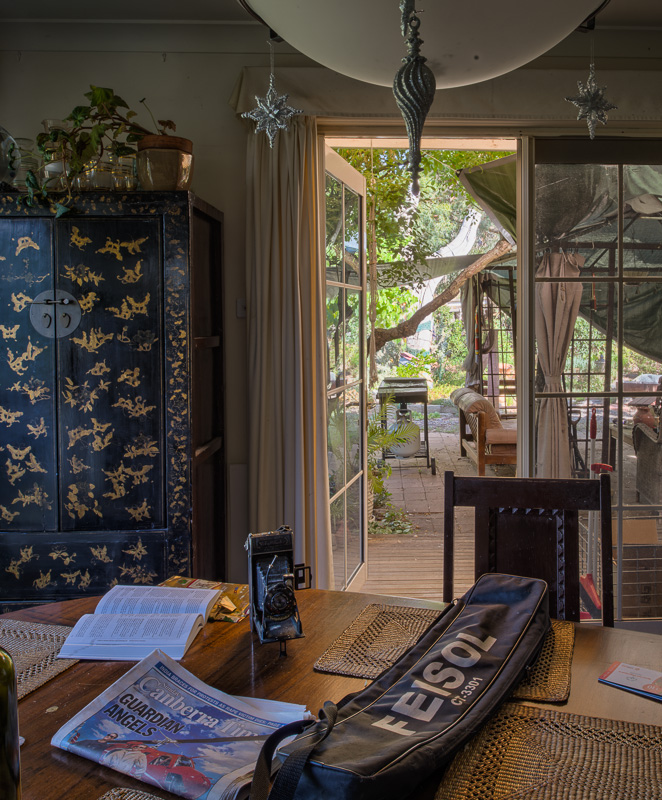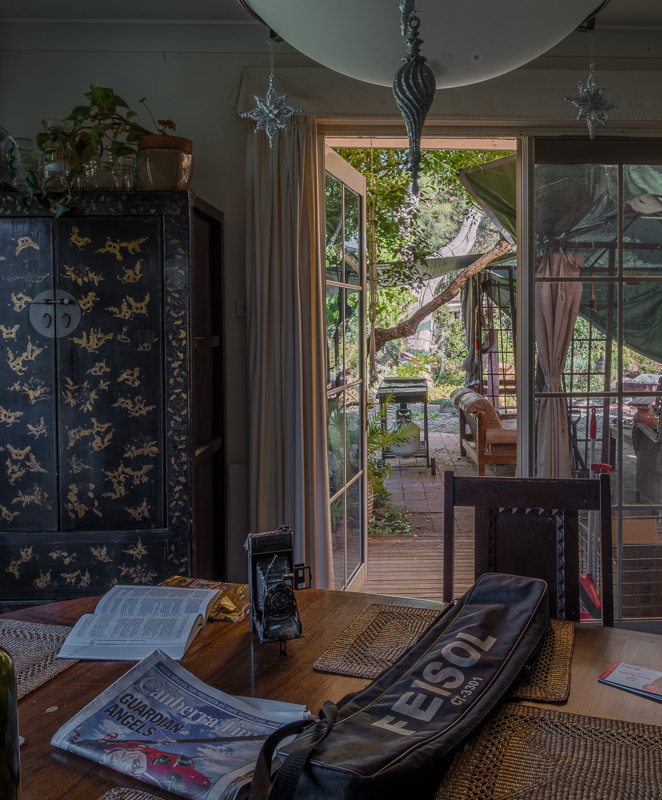Bart_van_der_Wolf
pro member
Hi folks,
On another forum I posted a small example that attempts to answer that question, but to avoid sending you to another website, I'll repeat the relevant info here.
In many forums about photography, there seem to be a few misconceptions about what HDR photography is (or should be) about.
First of all, a scene as captured will often have a range of luminosities that will be compressed for viewing on your display or on print, even if you do nothing special to it. The problem is that as the scene contrast gets higher, the rendering of all tones from dark to light in a limited dynamic range output modality such as a 200:1 display, or even worse a 100:1 (glossy) print, wil result in a very low contrast dull looking output. So some sort of tonemapping is usually required anyway.
Second, when tonemapping the image, some significant local tonal adjustments may (have to) be applied. This typically results in poor shadow quality, assuming the initial exposure was correctly exposed to only just avoid clipping of the highlights. The goal of exposure bracketing is first to achieve the best possible exposure for the highlights (maximum exposure while avoiding unwelcome clipping), and second to increase the quality of those shadows (improve signal to noise ratio).
Let me illustrate the situation with a few image fragments. The image has no particular artistic merit, it was a demonstration file shot for a client.
Here are 2 different bracketed exposures of the same subject. The first was a little less than 1/3rd of a stop below clipping of the Raw data. The bracket (not shown here) with 1/3rd of a stop more exposure had clipped green channels in the sky area, so might have survived highlight recovery, but I was aiming for a perfect unclipped ETTR exposure. The second exposure was 10.67x as long (= +3.42 EV), which is not a problem with stationary subjects, and obviously has significant (unrecoverable) clipping of highlight detail, but also much better shadow detail.


Continued in the subsequent post due to a limitation on the number of images per post ...
On another forum I posted a small example that attempts to answer that question, but to avoid sending you to another website, I'll repeat the relevant info here.
In many forums about photography, there seem to be a few misconceptions about what HDR photography is (or should be) about.
First of all, a scene as captured will often have a range of luminosities that will be compressed for viewing on your display or on print, even if you do nothing special to it. The problem is that as the scene contrast gets higher, the rendering of all tones from dark to light in a limited dynamic range output modality such as a 200:1 display, or even worse a 100:1 (glossy) print, wil result in a very low contrast dull looking output. So some sort of tonemapping is usually required anyway.
Second, when tonemapping the image, some significant local tonal adjustments may (have to) be applied. This typically results in poor shadow quality, assuming the initial exposure was correctly exposed to only just avoid clipping of the highlights. The goal of exposure bracketing is first to achieve the best possible exposure for the highlights (maximum exposure while avoiding unwelcome clipping), and second to increase the quality of those shadows (improve signal to noise ratio).
Let me illustrate the situation with a few image fragments. The image has no particular artistic merit, it was a demonstration file shot for a client.
Here are 2 different bracketed exposures of the same subject. The first was a little less than 1/3rd of a stop below clipping of the Raw data. The bracket (not shown here) with 1/3rd of a stop more exposure had clipped green channels in the sky area, so might have survived highlight recovery, but I was aiming for a perfect unclipped ETTR exposure. The second exposure was 10.67x as long (= +3.42 EV), which is not a problem with stationary subjects, and obviously has significant (unrecoverable) clipping of highlight detail, but also much better shadow detail.


Continued in the subsequent post due to a limitation on the number of images per post ...






